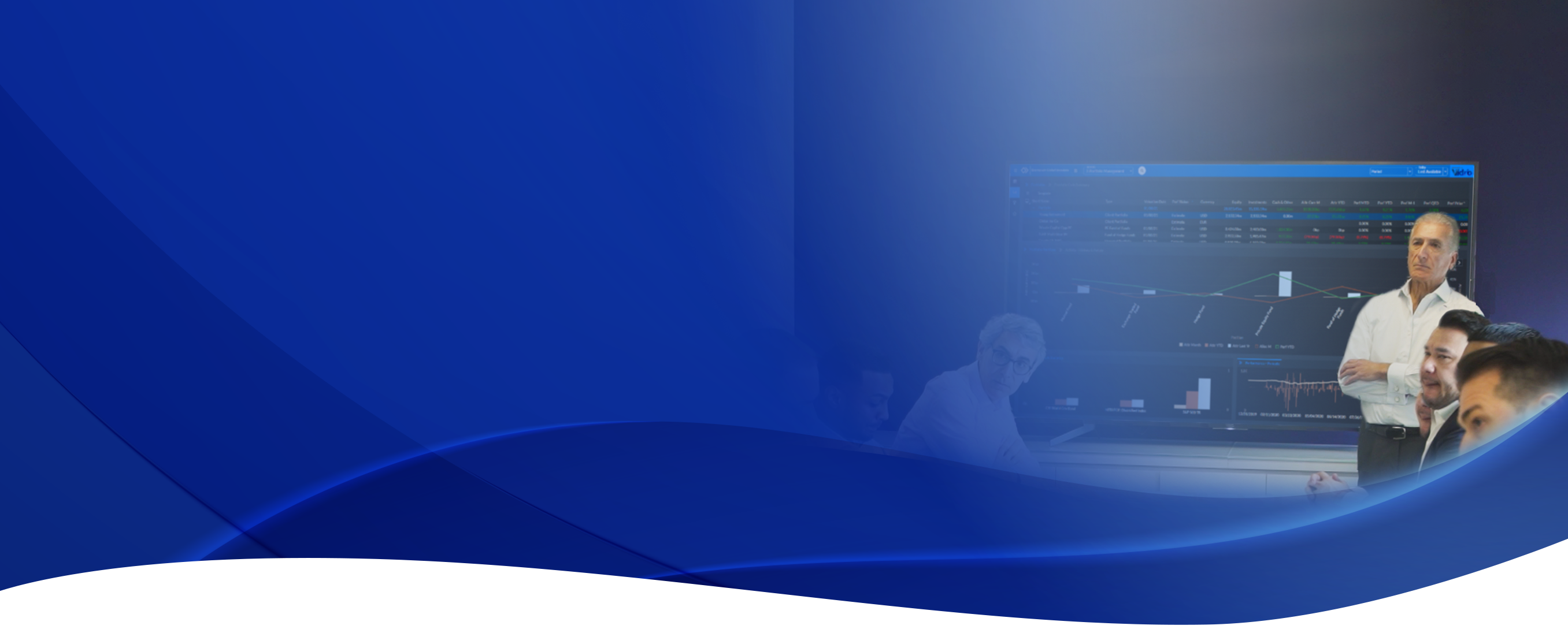For investors placing money with hedge funds, calculating the risk of these investments is a multi-faceted problem.
Some risk elements, like standard deviation, are relatively easy to calculate: track performance over time and see how widely performance swings to the positive and negative. Other risks, like Greeks and VaR based on the derivative holdings of funds, are far more difficult as they require both transparency to the actual holdings of the fund, and advanced calculation models to generate results.
Even with full transparency and state-of-the-art risk models, investors in hedge funds can, at best, only see half the risk picture.
In order to see a Monetesque picture of hedge fund risk, allocators need to balance essential quantitative risk measurement with qualitative assessments and monitoring.
Qualitative risk analysis includes harder to calculate considerations like a fund manager’s trustworthiness, investment acumen, firm operational abilities, and headline risks from manager indiscretion or poor judgement.
The best hedge fund investors select managers based on both of these qualitative and quantitative criteria.
As the industry and best practices in hedge fund investing have matured, often the analysis of quantitative and qualitative measurements are separated to teams specializing in the art of manager assessment or the science of risk calculation. Portfolio Managers and CIOs are tasked with distilling both sides of the equation in order to make the best possible decision on whether or not to allocate to a hedge fund.
Due to this bifurcation in roles, technology and systems have increasingly specialized in either quantitative (risk and performance attribution) systems, or qualitative (CRM and diligence) platforms.
The primary tools unifying these two worlds are often Excel and PowerPoint. Where risk statistics, performance, and manager profiles and notes all meet in side-by-side cells that in turn power graphs that go to PowerPoint with additional commentary added by the PM.
In this distillation of information, much is lost. Nuances of qualitative analysis fall away as too lengthy to fit in a cell, and risk details and time series analysis fight for space and attention in PowerPoint displays. Read more about the deficiencies of spreadsheets
Only a small handful of providers have understood these challenges and are evolving to offer holistic platforms that merge qualitative and quantitate functions in a cohesive framework. By looking at risk as a combination of performance measures, holdings based risk statistics, manger profiles, AUM monitoring, due diligence process, vehicle and position liquidity, and compliance tracking, cutting edge technology is offering hedge fund investors an ability to keep an eye on all the associated risks of external manager investing.
By unifying qualitative and quantitative risk considerations in one system, managers improve their chances of seeing patterns and concerns among their investments. When issues are spotted, having the ability to trace potential problems to the source without having to switch between different systems, agents, and databases is both efficient and thorough. Most importantly, clients are increasingly scrutinizing the systems and methodologies employed by asset managers, and recognize that scattered spreadsheets and storage files are inadequate compared to the institutional grade holistic systems available today. Watch video
ABOUT VIDRIO FINANCIAL
Vidrio is the first technology enabled service for allocators - providing software and data services to institutional investors globally. Vidrio’s data aggregation and analytics help solve complex fund management problems, improve operational efficiency and reduce risk for multi-asset-class portfolio investors. Our clients are the world’s premier allocators to external managers.






